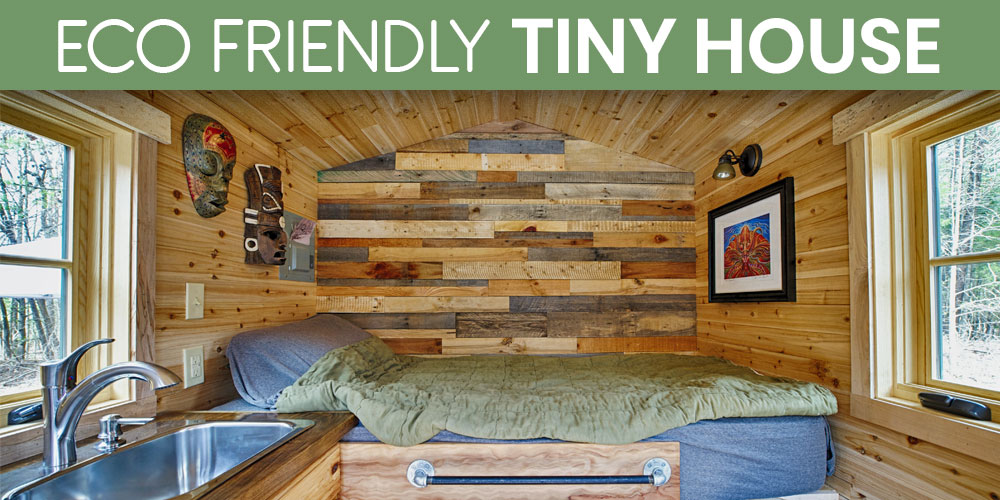
NAVIGATION
One thing that’s great about tiny homes is that because of their small size, they are poised to be very green and eco-friendly from the start. A small house means using fewer resources overall, which means your impact is greatly reduced. Building an eco-friendly tiny home is an important aspect of learning what it means to live small, shrinking your carbon footprint, and adopting a waste-free life.

Hi, I’m Ryan
Overtime, I’ve integrated tons of eco-friendly systems into the tiny home I built myself including solar panels, a greywater catchment system, and sustainable flooring. Living sustainably in a tiny house is pretty easy, but I’ve also found it to be very practical.

What Makes A Tiny House Eco-Friendly?

The size of a tiny house makes it more eco-friendly right off the bat. When people start talking about making a house eco-friendly, there is often a focus on elaborate and expensive additions to achieve that status. But there are plenty of other elements that go into building a tiny house that make it even more earth-friendly.
Tiny Homes Use Less Waste

The average American home generates about four tons of trash just during the building process alone. My tiny house only generated a couple hundred pounds of off cuts and other waste during the building process — way less waste than a traditional home.
Additionally, the minimalist community is pretty intertwined with the tiny living community. Reducing clutter or material items in a tiny house is pretty much a requirement, since space is limited.
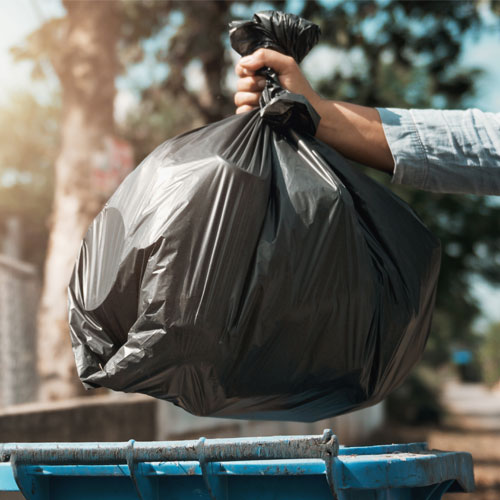
Tiny Homes Use Less Energy

Tiny homes are also more earth-friendly than a traditional house because their size allows them to use less energy. They use far fewer resources than a traditionally sized house for daily needs like heating, cooling, and lighting.
When building a tiny house DIY style, it’s easier for the house to be optimized for solar power, minimal water usage, and more sustainable electric options. Unlike a pre-built house, tiny homes give the buyer full control over what eco-friendly systems to put in place in a tiny home.
It’s Easier To Afford Sustainable Materials

The size of a tiny home is definitely in the buyer’s favor when it comes to material affordability. In today’s market, tiny home buyers can actually afford some of the higher quality, eco-friendly materials. It’s easier to invest in more expensive materials in a tiny home that would be cost prohibitive in a traditionally sized house.
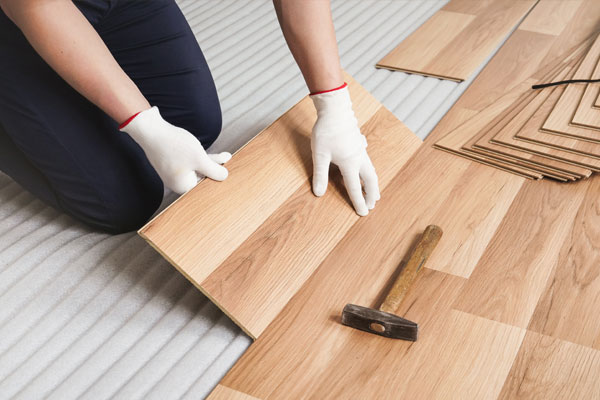 In a tiny house, only about 400 square feet of material is needed. In a traditional house, over 4,000 square feet of material is typically needed to build the home. This makes a major difference in the total cost of a home and grants the ability to make some more eco-friendly decisions when buying materials.
In a tiny house, only about 400 square feet of material is needed. In a traditional house, over 4,000 square feet of material is typically needed to build the home. This makes a major difference in the total cost of a home and grants the ability to make some more eco-friendly decisions when buying materials.
In this day and age, most of the dimensional lumber in America is sustainably sourced. The industry has progressed pretty far with not destroying the earth and keeping things incredibly sustainable.
When I was building my tiny home, it was important to me to go a step further and seek out a local saw mill near me to source my lumber from. This is just an additional way to support local businesses while building an eco-friendly tiny home.
Sustainable Building Materials To Use In A Tiny House
- Cork
- Bamboo
- Straw
- Rammed Earth
- Brick
- Adobe
- Reclaimed Wood
- Recycled Glass Tile
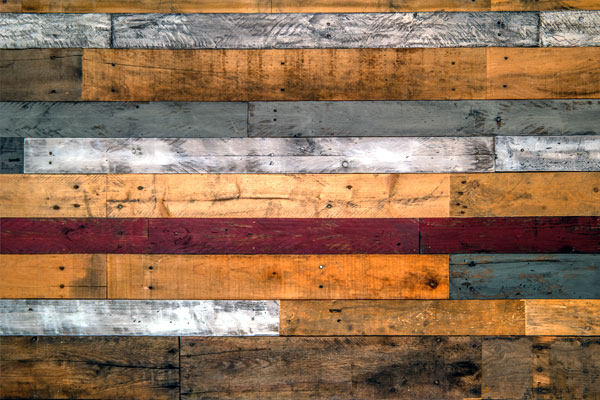
How Can I Make My Tiny House Eco-Friendly?

Personally, I spent a lot of time and energy working through what systems to use in my tiny home to make it as eco-friendly as possible while still meeting my basic needs. When I was planning out my needs in my tiny home, it was extremely important to me to figure out ways to reduce my carbon footprint in an effort to live small!
Use Solar Power In A Tiny House

Using solar power is one of the most vital elements that I use to make my tiny house as eco-friendly as possible. I have many friends who commonly ask me about putting solar panels on a tiny house because I’m one of the few out there who is totally off the grid in my tiny house.
I think it’s easy when trying to adopt things like this to get in the mindset that you are just one person and you aren’t really making all that much of a difference. In the last decade of being totally off grid, I’ve really seen the ways that the exact opposite is true.
Since going off grid, I have figured out that the local coal plant near my houses actually burns five tons less of coal on my behalf alone. Overtime, that makes a gigantic impact!
Add A Composting Toilet

Installing a composting toilet in my tiny house was another valuable way to make my home more sustainable. As someone who’s lived with a tiny house composting toilet for many years, I love sharing the true details about the ins and outs with others looking to be more eco-friendly.
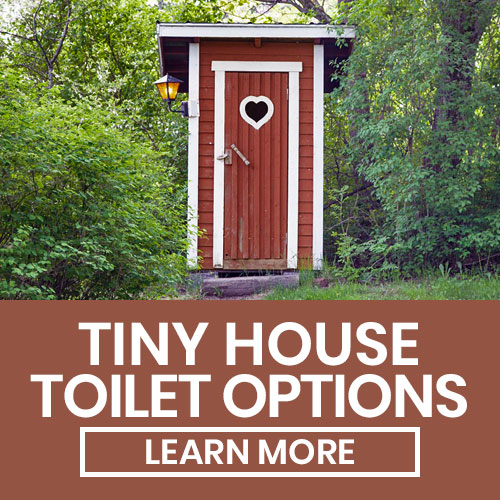 I’ll be honest, when I first decided to venture out and start using a composting toilet, I was pretty skeptical that it would be gross. I typically describe myself as a neat freak, so the idea of a smelly toilet in my tiny home just for the sake of helping out Mother Earth was not something I wanted to subject myself to!
I’ll be honest, when I first decided to venture out and start using a composting toilet, I was pretty skeptical that it would be gross. I typically describe myself as a neat freak, so the idea of a smelly toilet in my tiny home just for the sake of helping out Mother Earth was not something I wanted to subject myself to!
However, I can honestly say that I have been pleasantly surprised by how easy it’s been to make a composting toilet work for me in the last few years. The smell factor is really only an issue if I forget to separate liquid and solid waste with my urine diverter, which is rare.
Otherwise, the smell isn’t an issue at all. I also keep my composting toilet in a separate bathroom structure outside the home, so it’s well ventilated and low maintenance. There’s a lot to consider when setting it up and using it, but when done right, it’s a super easy and eco-friendly option.
Install A Greywater System

I have also become an avid greywater recycler throughout my journey with sustainable living. In a nutshell, using a greywater system basically means recycling water that has already been used in places like laundry, shower, or sink, and repurposing that water for uses like irrigation and watering gardens and crops.
Greywater is different from blackwater or sewage because it isn’t toxic and can be repurposed without contaminants. There are many different methods that greywater users adopt to make the process happen like installing pipes or using a rainwater catchment system.
Use LED Lighting

I also integrate sustainability into the lighting of my home. The simple decision to use LED lighting as opposed to incandescent lighting uses 75% less energy in my tiny house. Additionally, LED lights last up to 25 times longer than incandescent lights, and they aren’t that much more expensive.
I also decided to install a motion sensor in my tiny house that goes off when I leave the room. Doing this in my own tiny home actually ended up being a pretty huge energy saver.
Buy Low Flow Water Fixtures

The best way to save when it comes to water is to invest in low-flow, eco-friendly fixtures. These days, there are plenty of low-flow shower and sink options out there that can help make any tiny house more eco-friendly.
Of course, we’ve probably all experienced a low-flow shower head where you feel like you’re barely getting wet and rinsing out shampoo is nearly impossible. What I’ve found is that if you shop around, you can find the right balance of efficiency and practicality — read reviews and do your research. Often, though, it’s more about being intentional with your water usage than reducing it to as little as possible.
Integrate Eco-Friendly Insulation In Your Tiny House

Keeping my insulation material sustainable was also important to me when building. There are several types of insulation out there, and most are pretty good, but a few really stand out when it comes to making the most eco-friendly choice.
When building a sustainable tiny home, two good insulation options are denim cotton or natural wool batt. Denim cotton is a fantastic option when trying to stay green because it is made out of recycled cloth. I can easily find denim cotton insulation at my local big box hardware store.
Natural wool batt is also a pretty high-quality option when it comes to sustainability. To create natural wool batts, sheep are sheared and the wool processed, cleaned, combed and washed several times, then molded into batts. It’s a fairly environmentally friendly option for tiny house insulation.
Pay Attention To Your HVAC System In Your Tiny House

When building my tiny house, I realized that my HVAC system was a huge energy sucker. In a tiny home, your HVAC system will likely be a mini-split system. In my own tiny home, I was able to buy a mini split that had a SEER rating, or Seasonal Energy Efficient Ratio, that was more than double that of a traditional home.
The SEER ratings of traditional HVAC system is about 13, and my system ended up at about 27. This means my house uses a lot less power to heat and cool than a traditional house does.
Is Building An Eco-Friendly Tiny House Affordable?

It’s pretty common to think about sustainability as an extremely expensive endeavor, but again, the size of tiny houses is going to be your friend here. It may surprise you to know that it only requires about a 10% increase in cost to go from building a traditional, non-sustainable tiny house to an entirely eco-friendly tiny home.
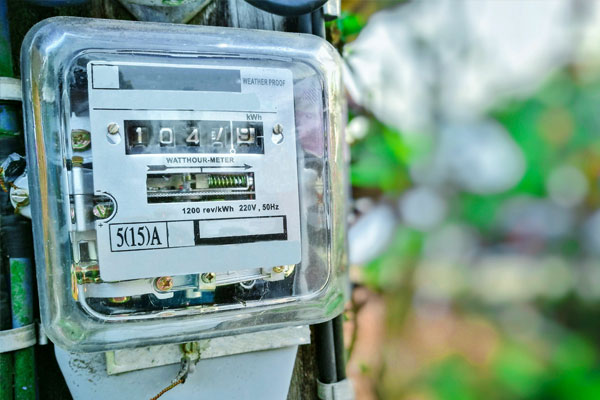 The only exception to this number is in the installation of solar power, which can get pretty costly. Running an entire tiny house on solar is probably going to end up costing $20,000 to $25,000 to run all of the necessary systems before your tax credits.
The only exception to this number is in the installation of solar power, which can get pretty costly. Running an entire tiny house on solar is probably going to end up costing $20,000 to $25,000 to run all of the necessary systems before your tax credits.
However, it’s important to keep in mind that these added costs are only on the front end of the process. The installation of solar systems in a tiny home can end up saving thousands on utility bills down the line.
I’ve lived off the grid for so long that I don’t even remember what it’s like to pay a power bill. At the time of writing this, I estimate I have saved $18,000 in power bills so far, which is more than my after-tax solar panel system cost.
At the end of the day, there are many little things that can make a tiny house more eco-friendly. By taking small steps like choosing the right materials and using the right equipment, a tiny house can make an eco-friendly impact without leaving a huge footprint.
Your Turn!
- How can you design your tiny home to be sustainable?
- What categories will be the easiest to make eco-friendly in your home?
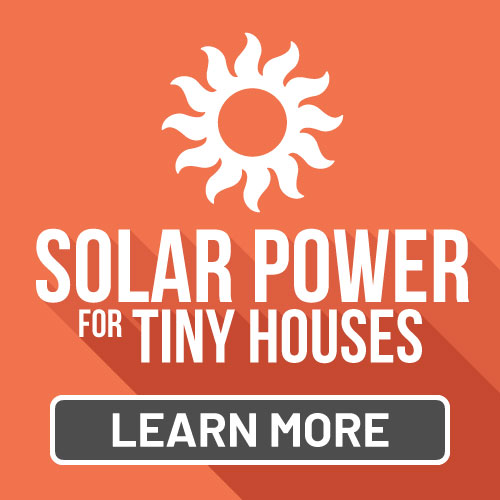






71 years old, tired of the mortgage life. Do I need to buy the land and then pay for the house or is there something for sale around Aiken SC or Augusta Ga? I’m an East coast guy, but am trying to avoid floods and other issues in the future due to climate change. Just need back and front screened porches for my cats.
What price are we talking, and is there any for sale?
Afraid of floods because I would drown trying to save one of my cats if they were swept away. Send me any tiny house or dome house communities in that area.
Thank you.
Laine Dorflinger
Ldorflinger@yahoo.com
352-360-3383
You have my email but can not send on my computer Which I will probably leave behind here in Fl.
I really enjoyed your article. My son is preparing to build a tiny home for me in his backyard. We are looking for ideas to build it in an affordable manner and also keeping it as eco-friendly as possible.